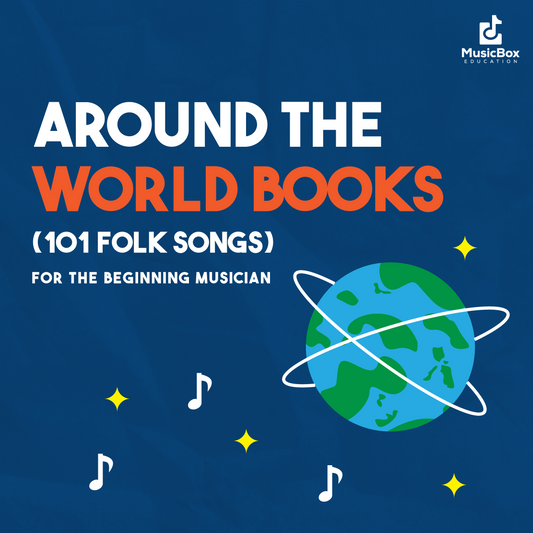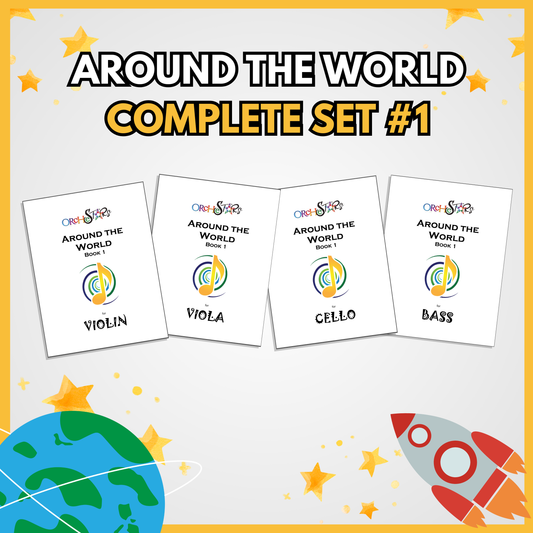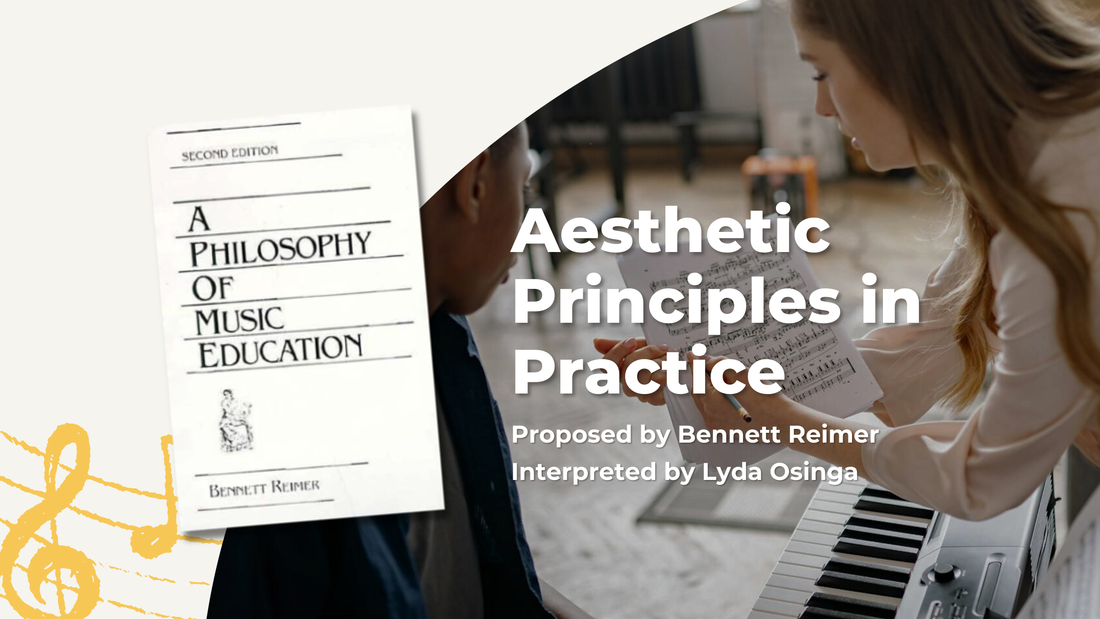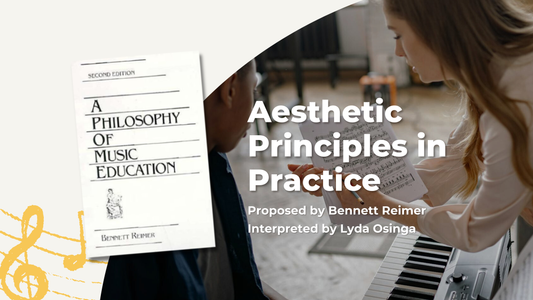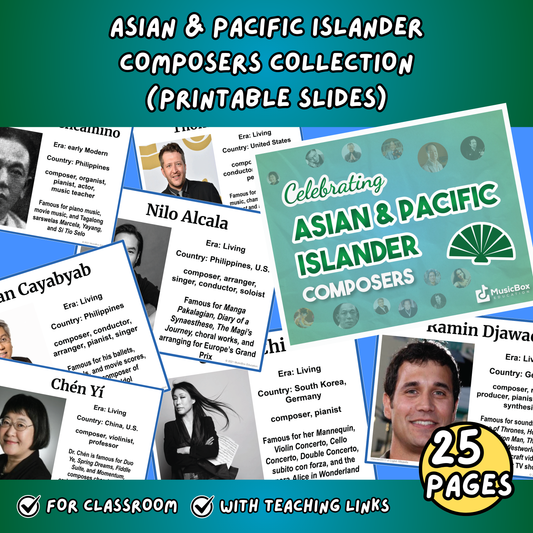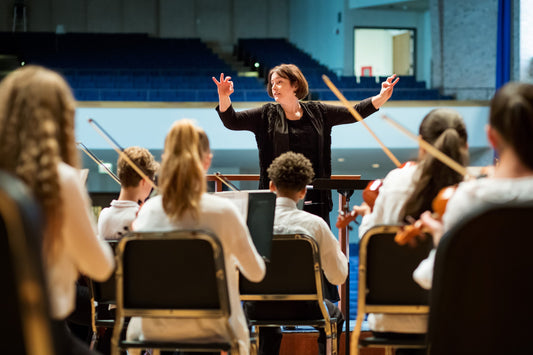as Proposed By Bennett Reimer and Interpreted by Lyda Osinga
Short Summary of What I Learned from the book
The main purpose of music education is to enrich people's lives by helping them experience human emotions through music. As teachers, we should focus on helping students respond to the expressive qualities of sound. To do this, there are three main aesthetic theories we can use: Formalism, Referentialism, and Expressionism. Each focuses on how the arts express emotion differently.
1. Formalism:
Formalism teaches that the meaning of art lies in the art itself, not in what it represents. In music, a formalist focuses on the structure: melody, rhythm, harmony, tone color, texture, dynamics, and form. The value of music is based on the techniques and craftsmanship used.
Example with "Go Tell Aunt Rhody":
A formalist would show the music visually (like on a projector), point out its ABA form, analyze the cadences and chords (I-IV-V), and have students identify accompaniment patterns like block chords or Alberti bass.
Weakness: Formalism can feel too intellectual and may be hard for many people to access emotionally, especially children.
2. Referentialism:
Referentialism says that the meaning of art comes from what it refers to in the world—its emotions, ideas, or stories.
Example with "Rhody":
A referentialist would focus on the song’s text about a pet goose dying, relate it to the children's own experiences with pets, and have them sing with feeling.
Weakness: According to Bennett Reimer, this approach can distract students from truly listening to the music itself, as it focuses more on the stories and emotions the music reminds them of.
3. Expressionism:
Expressionism views meaning as coming from both the structure and the emotions within the art, blending internal and external elements. Expressionists believe that music provides unique emotional and cognitive experiences that are vital to being human.
Example with "Rhody":
An expressionist teacher would have students listen to the song played at different tempos and styles (slow, fast, staccato, legato) and discuss which feels right, emphasizing that there are no wrong answers. They would also encourage students to create their own interpretations through improvisation, creative chording, or changing dynamics.
The teacher would guide students through perceiving, reacting, conceptualizing, analyzing, evaluating, creating, and valuing the music, always tying any technical work back to the emotional experience.
In short:
-
Formalism = Focus on the music's structure.
-
Referentialism = Focus on the story or feelings the music brings up.
-
Expressionism = Focus on experiencing and expressing music both technically and emotionally.
Final Thought:
The Expressionist approach offers the most creativity and allows both teacher and students to connect with music in a deeper, more personal way.

